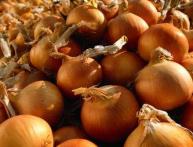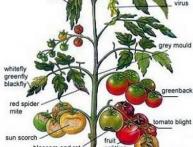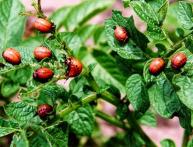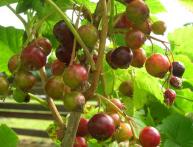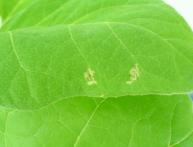Potato late blight is a dangerous disease
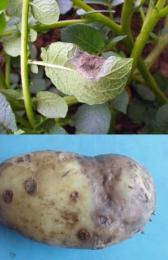
How we enjoy the vegetables and fruits that grow in our gardens and garden plots, but sometimes they are affected by pests or fungal diseases. And then you need to work very hard on your green charges to save them from death.
Potato late blight is a very dangerous disease that is widespread among many nightshades, including tomatoes, eggplants and peppers. Sometimes its harmful effects extend to strawberries, castor beans and buckwheat.
Potato late blight spreads on fruits or plants of vegetables and fruits due to exposure to the pathogenic fungus Phytophtora infe-stans. Most of all, this disease spreads in conditions of high humidity, including frequent and abundant fogs and dew, if the leaves of the plant are often wet and at a temperature of + 15-20 degrees, and also if a sharp change in temperature between day and night is very noticeable.
Late blight on potatoes appears first on the leaves with a gray-white coating in the form of mold, then they turn brown and die. Similar symptoms can be seen in fruits, which become hard and then begin to rot right in the tubers, affecting neighboring potatoes.
It is very difficult to cure potatoes from late blight, so it is best to carry out timely prevention to prevent it.To do this, first of all, it is necessary to plant only healthy tubers, preferably in sunny places, so that after dew or rain the plants dry out quickly; you can feed the potatoes with a decoction of horsetail, which strengthens plant tissue.
If the disease does affect the potatoes, then it is necessary to immediately tear off the diseased leaves and burn them, and treat the plants themselves with chemicals once every 2 weeks.

